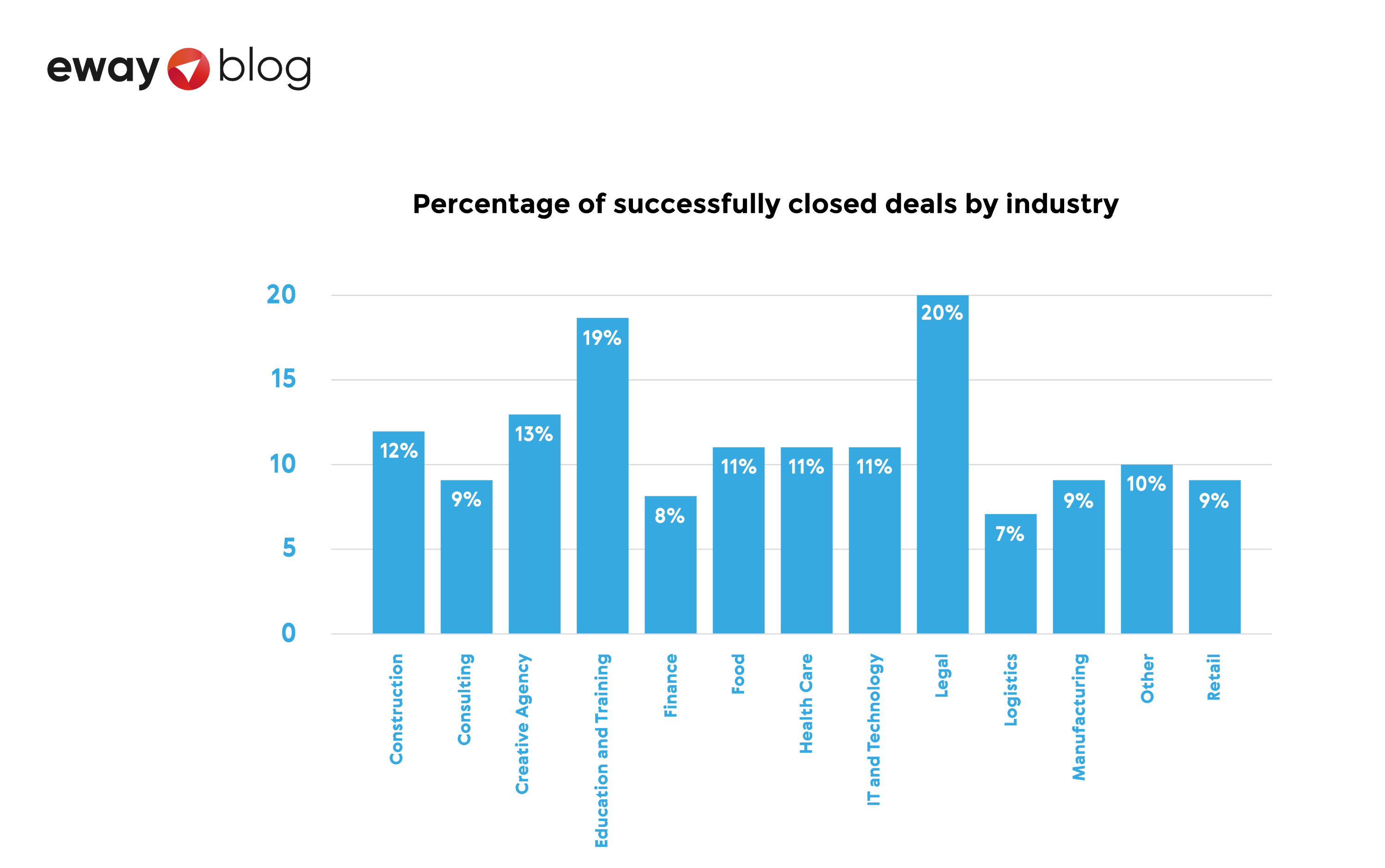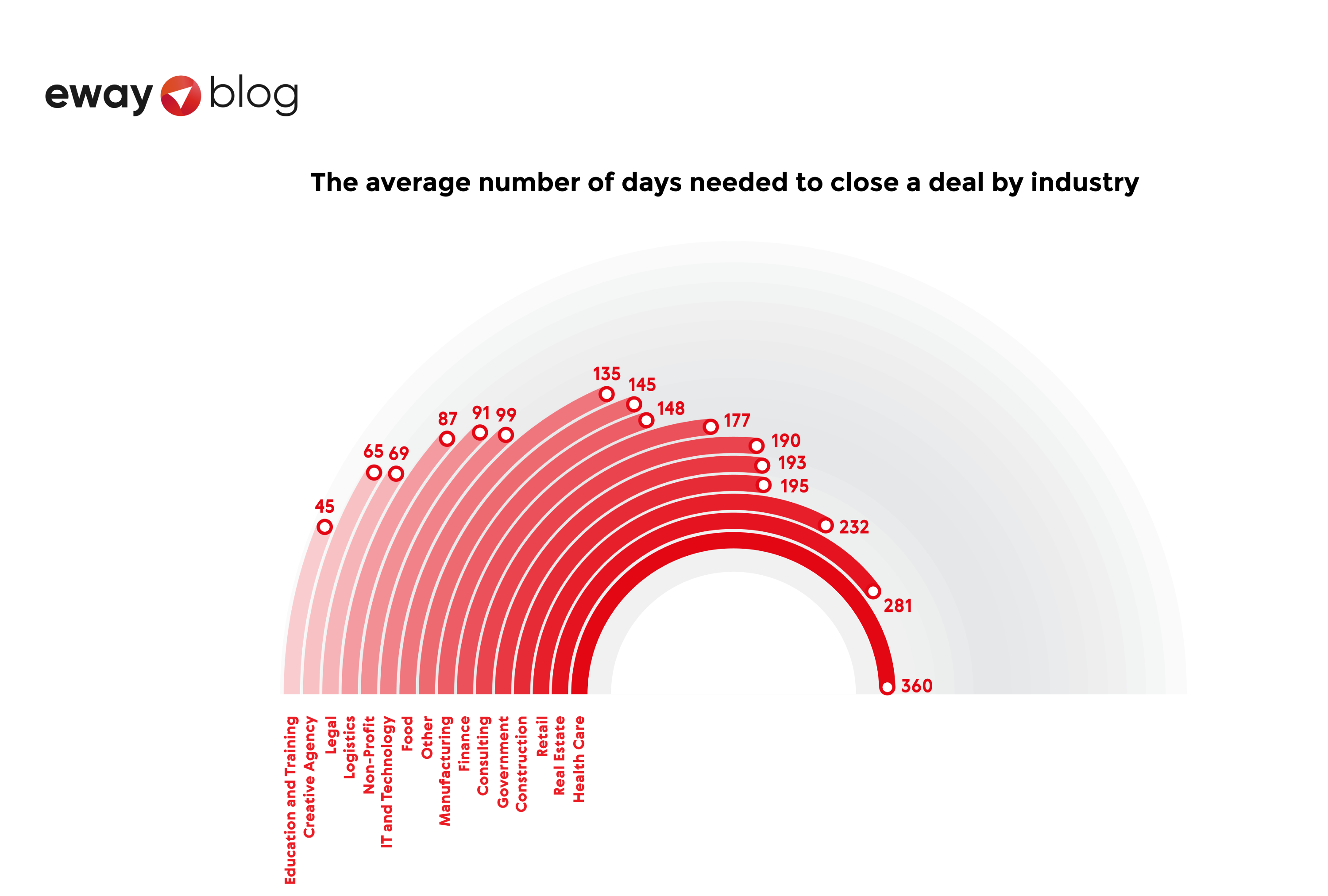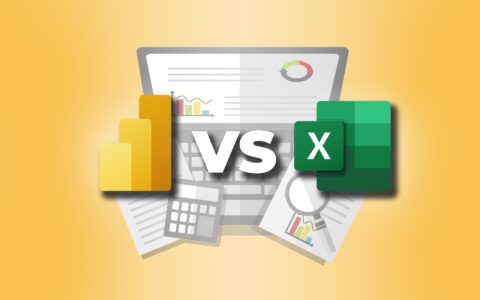Top 9 Sales KPIs You Need to Track in 2023
Do you have a good product, and skilled sales reps, but still feel that sales could be better? Now you just need the right data. Learn the 9 essential sales KPIs that will help you improve your sales department processes.

Tracking the right Key Performance Indicators (KPIs) is crucial for any sales team looking to measure its effectiveness and optimize its performance. However, with so many metrics to choose from, it can be overwhelming to know which ones to prioritize. In this article, we'll explore the top 9 sales KPIs that every business should be tracking to measure their sales team's success and identify areas for improvement. From close ratio to customer acquisition costs, we'll cover everything you need to know to ensure your sales team is meeting its goals and driving revenue growth.
1. Sales Activities
Let's start with the simplest one by far, and that is sales reps’ activity. You can measure the number of calls, emails, or meetings they have with customers. The more leads a salesperson generates, the more likely it is that a deal will close. But it's still only a small part of the entire sales process. The most successful companies also track another of the following sales KPIs.
2. Average Response Time
In some companies, sales reps don't have to do much prospecting for new business opportunities, as inquiries come to them via a web form, web chat, email, or phone themselves. In this case, the first key to success is not to keep the potential customer waiting.
It's important to answer inquiries from customers in a timely manner. A number of studies show that 5 minutes is the ideal response time, while other studies report the average response time to be several hours. However, 78 % of customers buy from the business that responds first. So it's always a good idea to measure your response times and look for ways to reduce them.
3. Percentage of Leads in Each Lifecycle Stage
Each company has its own unique sales process. There are certain milestones that every business opportunity must pass through, regardless of the specific sales process. These milestones could include sending an offer, meeting a client in person or online, or signing a contract. At each stage, a certain percentage of leads will drop off. By measuring these milestones in your sales cycle, you can identify any potential weak points and make adjustments to improve your overall sales performance.
4. Close Ratio
While arranging meetings with clients is important for sales reps, closing the deal is ultimately what matters most. To determine how successful your team is at closing business opportunities, you can calculate the close ratio. This is done by dividing the total number of closed business opportunities by the number of successfully closed opportunities over a specific period of time. By measuring your close ratio, you can identify areas for improvement in your sales process and work to increase your overall success rate.
To compare the success rate of closed deals, it may be helpful to review data from the eWay-CRM user survey. This can provide valuable insights into how other companies are performing and help you benchmark your own success rate. By analyzing this data, you may be able to identify trends or best practices that can help you improve your own sales performance and achieve better results.

5. Sales Cycle Length
While successfully closing a business opportunity is the most important metric, measuring the average length of the sales cycle can also provide valuable insights. Ideally, a shorter sales cycle is better. However, it's important not to rush the process by pushing the customer or neglecting important steps. Instead, focus on streamlining the sales process and identifying any areas where it can be improved. By measuring the length of your sales cycle, you can track progress over time and make adjustments as needed to increase efficiency and boost your team's success rate.

6. Customer Acquisition Cost
Converting a lead into a customer is a long process with many costs. Measuring the cost per acquisition tells you how much you have spent to acquire a customer. You can track costs for both sales and marketing. From online or print advertising, to the time sales reps spend communicating with potential customers. This allows you to make sure that the cost per acquisition is lower than your margin and that you are profiting from your deals.
7. Customer Retention Rate
If you have been able to win a lucrative contract or two, great! Why not add another? It's good to keep track of your existing customers and to see which clients you have not communicated with for a while—especially your VIP clients—to make sure everything is in order or to see what you could possibly do for them.
If you want to see how you're doing at retaining existing customers, use this formula:
8. Upsell and Cross-Sell Rates
When your customers are satisfied, they are more likely to buy from you again. Upselling and cross-selling can increase the profitability of your business by offering your customers additional or even better goods or services than they are already using.
However, with upselling and cross-selling it is important to think about the needs of your customers so that they do not get the impression that you are more concerned about your own profit than about them. An analysis of these techniques will tell you when, how, what, and to whom your sales reps should be selling.
9. Competition-Based Pricing
When it comes to price competition, businesses rarely find it fruitful to fight on price alone. But at a time when households and businesses are trying to save money, we recommend including competitor price monitoring in your business strategy. If it makes economic sense for you, you can proceed to lower your prices, and sell cheaper than your competitors. Business should then just pour in. It's up to you whether you go the route of permanent price cuts or discount promotions.
Too many KPIs?
We recommend measuring most of the sales KPIs mentioned above for sure. But there are also many more metrics that will help you optimize your business. It's a challenge not to drown in all the reports and statistics. Especially if you don't have much time to do so.
Using the right software can help you save time. For example, Microsoft's Power BI supports integration with third-party systems such as your accounting or CRM system to automatically update report data, saving you a lot of time spent copying and retyping










